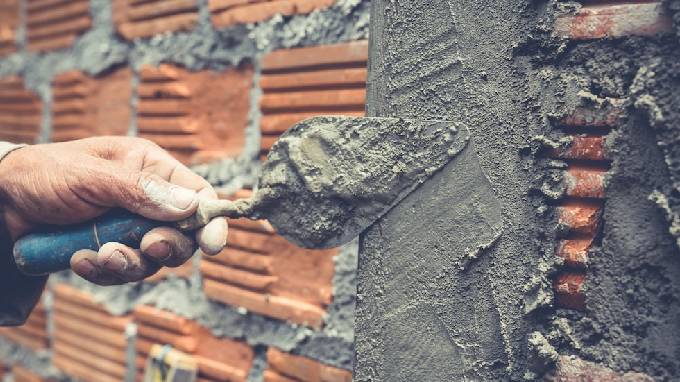Export-Driven Growth Amidst Domestic Downturn: Cement Industry Struggles with Shrinking Market Pie
Despite a sluggish domestic market and uncertain demand in the construction sector, cement off-take managed an 11 percent surge in the first five months of FY24. Encouraging as it may seem, this growth is largely propelled by a significant rebound in exports, doubling from the previous year. Cement exports now claim a larger market share, rising from 9 percent to 16 percent in the fiscal year period, highlighting a fast-shrinking domestic market.
Domestic demand remains subdued, with a mere 2 percent increase in sales for cement manufacturers from the already dismal base of the previous year. The average monthly offtake in local sales hovers around 3.34 million tons, slightly exceeding last year’s figures but falling short of four out of the past seven years since FY17.
Notably, the cement industry has witnessed a surge in new capacities since FY17, reaching 82 million tons in FY23 from 48 million tons. However, the capacity utilization has hit a two-decade low at 57 percent in FY23, a stark contrast to the 85 percent in FY17.
The industry’s aggressive investments in expansions, partly funded by debt, anticipating a demand surge that hasn’t materialized, has led to the current overcapacity. With the economy tethered to a forced slowdown, the hope for a demand revival remains uncertain, painting a challenging landscape for the cement sector.”
Strategic Shift: Cement Companies Choose Stability Over Price Wars
In a departure from the norm, this year has seen cement companies refrain from engaging in price wars, a tactic often employed to secure larger market shares. Faced with dwindling faith in domestic demand, these companies are cautious not to risk more than they could gain through such aggressive maneuvers. Rather than sacrificing volumes for elevated prices, a closer look reveals a shrewd focus on maintaining price stability, a move that, so far, has proven effective.
The shift in strategy involves a commitment to cost minimization, with companies making prudent investments in captive power generation. This approach has resulted in significant reductions in energy costs, concurrently diminishing reliance on expensive grid electricity. Additionally, companies are closely monitoring coal prices and diversifying procurement from multiple sources to optimize cost management. Some players are also expanding their global footprint by targeting promising export markets, thereby diversifying their revenue streams.
Corporate briefings for the majority of companies indicate a prolonged period of slumber extending well into the fiscal year, as cement buyers remain inactive. In response, cement players are adopting a prudent approach by maintaining stable prices, creating an optimistic outlook for as long as possible in the current market landscape.
Navigating the Tax Landscape: Stakeholders Express Concerns Over Recent Proposal

